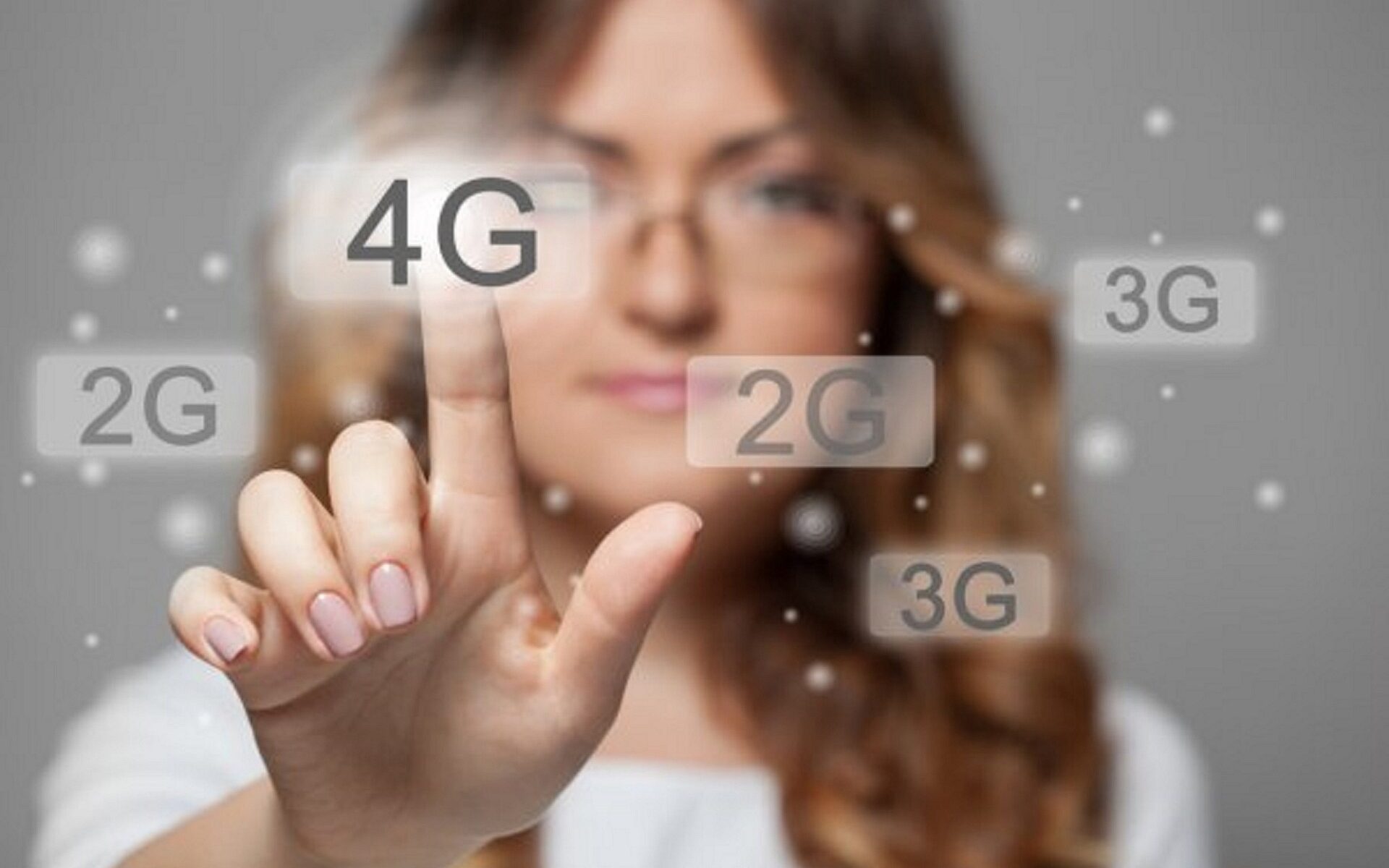4G (4 Generation) is the fourth generation of mobile communication technology with increased requirements for data transfer speeds. The new specification assumes a bandwidth exceeding 100 megabits per second for subscribers on the move, and up to 1 gigabit per second for non-mobile network equipment.
To expand the limits of familiar technologies, including 3G, the specialists from Hewlett-Packard and NTT DoCoMo (and also Ericsson and AT&T together with Nortel Networks) started to work back in 2000, but only by 2008 the International Telecommunication Union (ITU-R) formed the requirements for the fourth generation standards, dividing the mobile Internet into Before and After.
Comparing 3G and 4G
Compared to 3G the advantages of the fourth generation are extremely vivid:
- 4G provides speeds many times faster than similar third-generation solutions (42-63 Mbps peak speed versus 1 Gbps). It also offers less response time, which saves in situations where it is important to act quickly and with less loss.
- The difference in implementation – 4G is based on packet data, while 3G is based on circuit switching.
- Support for VoIP technology and integration with E-Ultra.
- Signal is several times more stable even when changing geographic location.
Despite tangible advantages, it is important to remember the disadvantages. The new round of development of wireless mobile communications technology implies a change in network equipment and additional maintenance costs. Because of incompatible transmission methods, higher peak bitrates and changed frequencies, operators and providers have to invest more in hardware.
But, as the dynamics of the spread of the fourth generation suggests, a sharp break from 3G is still a long way off. Many countries are still interested in exploiting intermediate technological solutions and are in no hurry to invest their budgets in the coming discoveries. And therefore it is difficult to determine in advance what is better: subscribers are interested in a rapid and widespread transition to 4G or LTE, but operators and investors would never abandon even 2G.
What is the difference between 4G and LTE
While specialists from Hewlett-Packard and NTT DoCoMo were inventing ways to implement new technologies, and the international union was drawing up requirements for the fourth-generation communication standards, the world was diligently developing an idea successor to 3G / LTE, which initially did not apply to 4G because of low bandwidth, which does not correspond to the necessary values.
But over time, after a series of experiments and complex technological solutions, the “LTE Advanced” standard emerged. By 2011 the international telecommunications convention admitted this technology to 4G. Previous versions of LTE cannot be attributed to 4G technology, but only to an intermediate stage between the third and fourth generation.
The difference between 4G and LTE Advanced:
- Bandwidths from 150 Mbps to 1 Gbps.
- Average speeds are up to 29 Mbit/s for 4G and up to 50-100 Mbit/s for LTE Advanced. And we are not talking about synthetic tests under ideal conditions, but about the results in practice.
